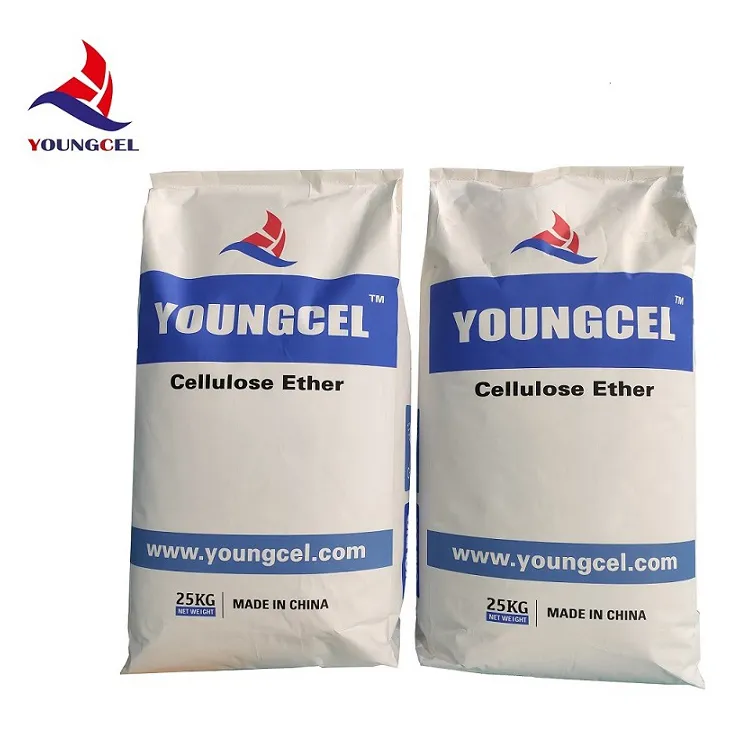The Role of Cellulose in Paints
Cellulose is a naturally occurring polymer derived from the cell walls of plants and is increasingly recognized as a vital component in the formulation of paints and coatings. Its unique properties make it an excellent addition to various types of paints, enhancing their performance, texture, and overall user experience.
What is Cellulose?
Cellulose is the most abundant organic polymer on Earth and is a primary component of the tough cell walls in plants. It is a polysaccharide made up of glucose molecules, contributing to the structural integrity of plants. In the context of paint formulations, cellulose can be extracted and processed in several forms, such as cellulose ethers or cellulose derivatives, which are then utilized in various paints, from water-based to solvent-based formulations.
Benefits of Using Cellulose in Paints
1. Thickening Agent One of the most significant benefits of cellulose in paints is its ability to act as a thickening agent. By increasing the viscosity of the paint, cellulose ensures better suspension of pigments and other solid components. This leads to a more uniform application and minimizes the risk of settling, which can affect the final finish of the paint.
2. Improved Texture Cellulose contributes to the texture of the paint, providing a smooth and creamy consistency that enhances application. This is particularly important for user-friendly products, enabling good workability and reducing the chances of dripping or splattering during application.
cellulose for paints

3. Controlled Flow and Leveling The inclusion of cellulose helps control the flow properties of the paint, which is essential for achieving a smooth and even coating. Its rheological properties allow for better leveling, giving the painted surface a professional and aesthetically pleasing finish.
4. Water Retention Cellulose offers excellent water retention properties, which is crucial for water-based paints. This characteristic helps prevent the formation of cracks and improves the longevity of the paint film, ensuring that the applied paint remains intact and visually appealing for an extended period.
5. Eco-friendly Option With an increasing focus on sustainability in the manufacturing of paints, cellulose stands out as an environmentally friendly option. Being a renewable resource, cellulose can be sourced sustainably, contributing to the growing demand for greener products in the paints and coatings industry.
6. Enhanced Adhesion The presence of cellulose can enhance the adhesion of paints to various surfaces, including porous and non-porous substrates. This is vital for ensuring that the paint adheres well and maintains its integrity over time, reducing the likelihood of peeling or chipping.
Applications of Cellulose in Paints
Cellulose derivatives, such as hydroxypropyl methylcellulose (HPMC) and methyl cellulose, are commonly used in the formulation of architectural paints, varnishes, and protective coatings. Its versatility allows it to be employed in both interior and exterior applications, suitable for a range of surfaces from wood and metal to drywall.
In conclusion, cellulose plays a crucial role in the paint industry, offering a multitude of benefits that improve the quality and performance of paint products. Its ability to act as a thickening agent, enhance texture, and improve flow and adhesion makes it an indispensable ingredient for modern paint formulations. As the demand for eco-friendly and sustainable products continues to rise, cellulose will likely remain a key player in the development of innovative and high-performance paints for a wide range of applications.
-
Premium Detergent Grade HPMC Hydroxypropyl Methylcellulose: Superior Thickening & StabilityNewsAug.31,2025
-
HEC 100000 Hydroxyethylcellulose for Paint | Superior ThickeningNewsAug.30,2025
-
Wall Putty Rdp Powder Packaging DesignNewsAug.29,2025
-
Introduction to Hpmc Hydroxypropyl Methyl CellulosNewsAug.29,2025
-
Hpmc Industri Grade IntegrationNewsAug.29,2025
-
How to Choose the Right Construction AdhesiveNewsAug.29,2025




